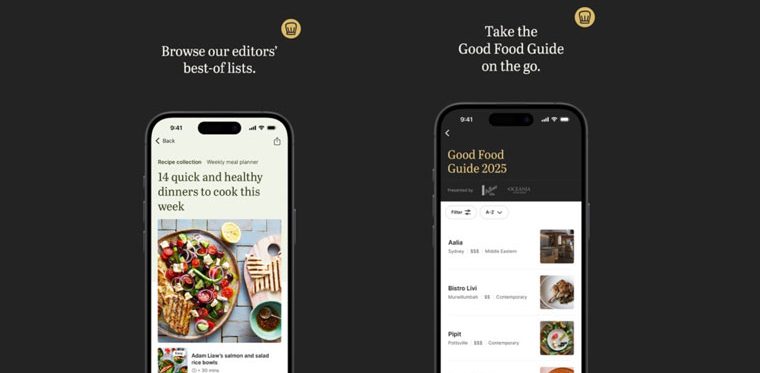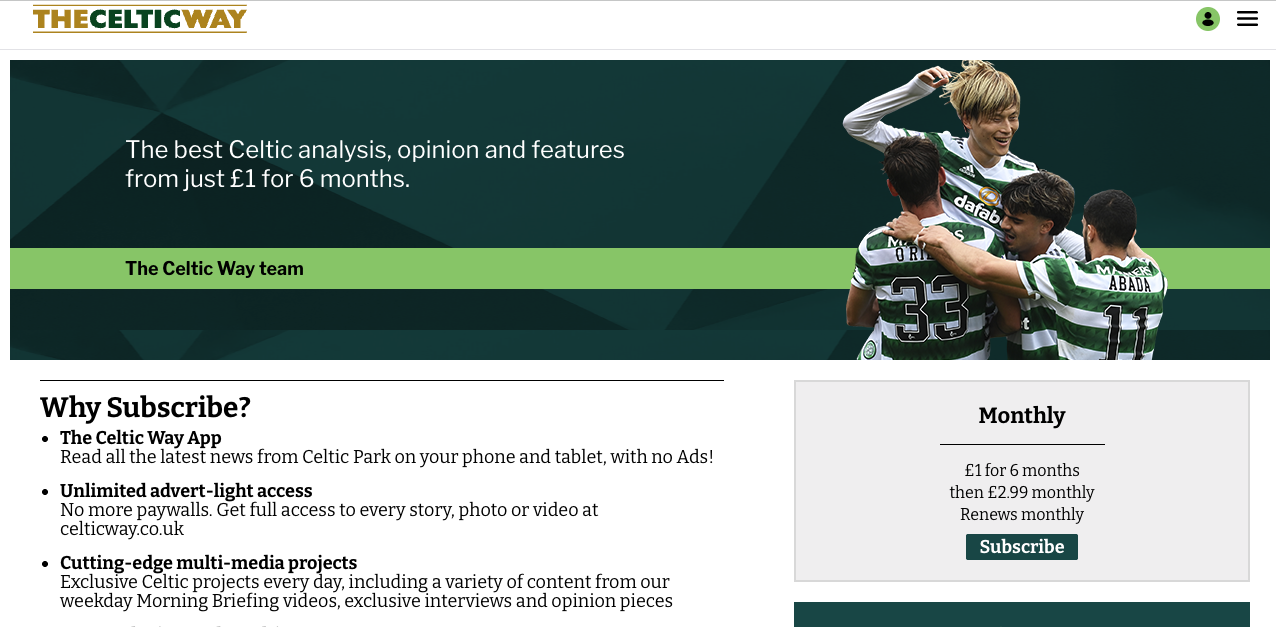
Newsletter
Newsletter
At the International Journalism Festival, a global product leader shared what she learned when she ignored her instinct to kill an app.
17th April 2025

Conference presentations often suffer from survivorship bias: We hear more success stories than the lessons from failure.
That’s what made the International Journalism Festival so refreshing. Speakers were encouraged to share what worked and what didn’t, complete with retrospectives on why success eluded them.
For instance, Anita Zielina, a product pioneer in media organisations and non-executive board member for the News Product Alliance and Austrian public broadcaster ORF, shared “a total f*%k up” when she was chief product officer at Austria’s NZZ group. The product was an app that users had never asked for.
Product management has become a superpower for the most successful media companies, but even incredible product leaders at future-focused media companies have their struggles.
To ship the best media products in this period of rapid changes in technology and audience behaviour, effective product management is critical.
Fortunately, as the benefits of product management become clearer and best practices and understanding become more widely distributed, media organisations are reaping the benefits in their apps and across their product portfolio.
If you’d like to talk to product leaders and media professionals focused on app strategy, join our community of practice, Mobile Matters. Membership includes a Slack community, our strategic guides and workshops to share best practices. You can sign up here.
Kevin & James
By Kevin Anderson
The International Journalism Festival has long been a must-attend event for editors and journalists. This year, the festival added a track about product management, in no small part because of the growing profile of the News Product Alliance, an industry group of product leaders and product-thinking editors and journalists. The panels included a retrospective of product management over the last 15 years, lessons from journalists who joined product teams, ethics in news technology choices and a masterclass from FT product leaders on working with “editors to ship at pace”.
Anita chaired the retrospective session, and brava for her radical candour. The Select app was already in development when she joined the NZZ as the chief product officer and the editor-in-chief for digital.. The app featured seven to 10 “random” stories of the day chosen by the editors.
“I should have killed it as an infant, and I still regret that,” she said. Why? “It was the brainchild of journalists, not users. No user had ever said, ‘I want this app.’”
But it had a lot of executive support and buy-in from the editorial leadership.
“It was a separate app, with separate branding,” she said, and editors thought users would love it.
“Turns out, people did not love it because no one ever said, ‘I want journalists to give me totally random stories that they are proud of, and I am going to pay for that’”.
They didn’t have a use case or any user research to support this app. Despite her best instincts and those of others, she didn’t kill it, but to be fair to her, it’s difficult for someone coming into a new position to take such a firm position with a product that enjoys such a high level of support.
But her point about letting your audience guide you is an excellent one. The product team at Foreign Affairs surveyed their users as they transitioned their app to our new platform. While they were producing audio at the time, many users didn’t even know it was available in the app.
They worked with our team to better highlight audio in their app, and after launch, they saw in-app audio listening surge by 220%. Moreover, their audience continues to demand more audio content. Last summer, they began offering three times more text-to-speech content by leveraging AI automation. In January 2025, they saw audio player use increase by 72% year-over-year.
Nic Newman of the Reuters Institute recalled the bad old days when he started leading product management at BBC News Interactive in 2001, when products took years to develop and ship, “if they ever did”. The problem was they were using outdated programme or project development techniques like Waterfall that were “plan driven”, and products weren’t shipped until they were feature complete.
With the introduction of Agile methodologies, teams instead focused on developing features most valued by the audiences. The goal was to launch a minimum viable product, gain feedback from customers and build “the next thing in an iterative way”, Nic said.
“(Agile) makes much more sense in a world where technology is moving really fast, where audience behaviour is moving really fast,” Nic said.
However, product management in news organisations was novel when he started. In 2010, he researched product management for the BBC Academy. Then there was little consistency, agreement or understanding about what a product manager was in news or media organisations.
Moreover, battles for control raged amongst the editorial, technical and commercial centres of power in news organisations, and “to a greater or lesser extent, these battles for control have persisted since”, he said. Traditionally, editors made most of the decisions, but as the pace of technological changes accelerated, control sometimes shifted to the technical teams, before then shifting back.
“In every restructure, you lost a lot of momentum, and you lost a lot of the best people as well,” Nic said.
Product managers were needed as conductors to orchestrate work amongst these centres of power. The success of product management at media organisations is increasing its acceptance. In Reuters Institute research, 93% of news leaders believe that product management is important, but only 45% believe it is well understood. In conversations we had with product managers at the festival, it is clear that the lack of clarity and power struggles still exist. And product leaders on panels expressed their hope that future general managers and CEOs would come from their ranks.
Returning to Nic’s point about the loss of talent, we know smart media product leaders who have gone to tech companies because they were frustrated working at ‘feature factories’, where they had little influence on the direction of the products they were making. In interviews he did last year, “you still get people talking about product management as a delivery role,” he said.
If there was any indication that the role still needed additional clarification, the first question after the panel was about the definition of a product.
Fortunately, Felicitas Carrique, the executive director of the News Product Alliance, had a great definition to hand. “Anything that an organisation creates for an audience, and that audience can be internal or external, that creates an exchange of value. The audience is receiving something and giving us something in return.”
The return of value to a media organisation can be a direct monetary payment in the form of a subscription or membership payment, or a donation. Or it can be attention, which can be monetised through advertising. And as we have discussed in the Media Bulletin, the diversification of value exchanges is an important part of the effort for media organisations to increase their resiliency.
The new mobile app, Mogginn, is designed with user experience at its core – readers can effortlessly navigate across multiple timelines to explore their full range of content, including digital editions, video, podcasts, and radio content. Read more here.
Check out the highlights from our most recent publisher check-in, including updates on our product roadmap priorities and our chat with David Robinson, Chief Customer Officer and hearst UK on how they’re using a customer-centric approach to grow their audience. Read more here.
Here are some of the most important headlines about the business of news and publishing as well as strategies and tactics in product management, analytics and audience engagement.

Newsletter

Newsletter

Newsletter

Newsletter